Why do the leaves dry? | Dry, wilted or yellow leaves
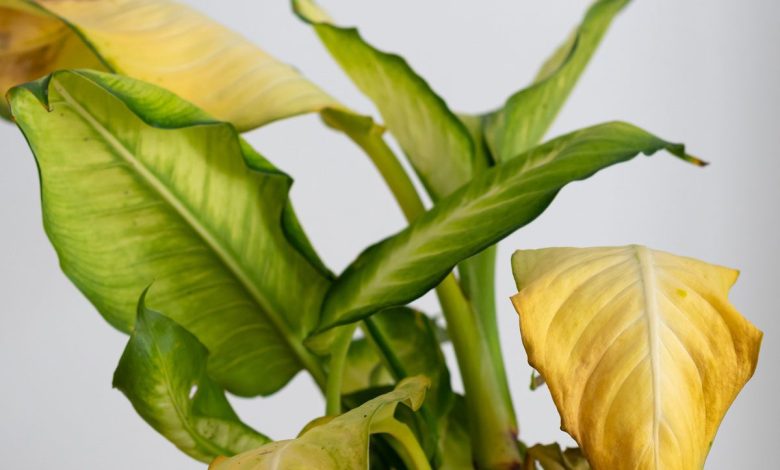
We continue with the common problems of the orchard. Today we will see what are some of the most common causes of dry leaves in plants. There are some more obvious reasons, like lack of water, but there are other less well-known pests and diseases that can be the cause of dry leaves on plants. Let’s see them!
Dry leaves due to a plague of mites on the plant
Mites are microscopic bugs from the spider family (yes, they also have eight legs even if you can’t see them). If you have experience in the garden, some of these mites will be familiar to you, such as the red spider or the white spider, since they are very common pests.
If you see the leaves dry and dull, a browner color, small yellow dots or pits and with a kind of fuzz, it is almost certain that you have one of these pests.
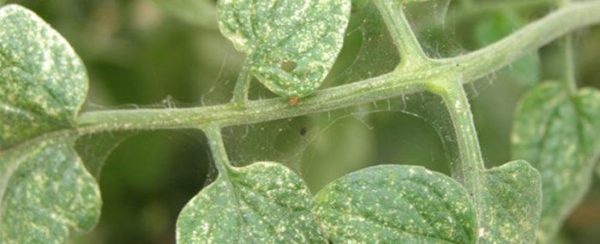
The fuzz that reduces photosynthesis and causes the leaves to dry is actually a spider web… If you get up close and look closely you’ll notice. You may even see some very small critters scurrying around on the ground or on the plant. You can treat this plague with acaricides, ecological insecticides or with natural remedies that you can make yourself.
You have to be careful because they start slowly but in just a few days you can have all the shoots and leaves covered in this spider web that prevents the plant from photosynthesising and causes it to die. It happened to me with my freas, I was careless for a few days and when I went back to see them all the leaves were dry… You can learn more about this pest and how to remedy it in the post «Combat spider mites in organic gardens».
Withered leaves and dry leaves due to lack of water or sunburn
In summer, when temperatures are very high, the water evaporates much more quickly and the soil or substrate where the plants are located dries out much faster. The same thing happens in sandy soils, where watering should be more frequent because water retention in the substrate is less.
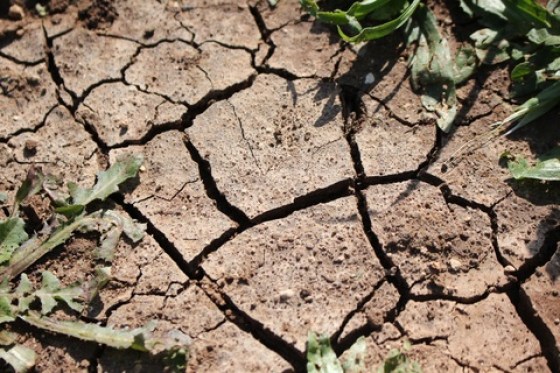
It is important that the substrate remains moist so that the roots can «drink» the water they need. This does not mean that the soil has to be flooded or saturated with water (this is not good and can cause other problems such as suffocation of the roots) but it does have to have adequate moisture.
You will have to take this into account and if it is very hot, you should water the plants in the garden more often. And I say more often, not in more quantity, since a single very abundant watering will do little to solve your problem… If you water a lot, the excess water will infiltrate deeply (out of the reach of the roots) or go through the holes in your pots or containers, so the extra water you applied will have been wasted…
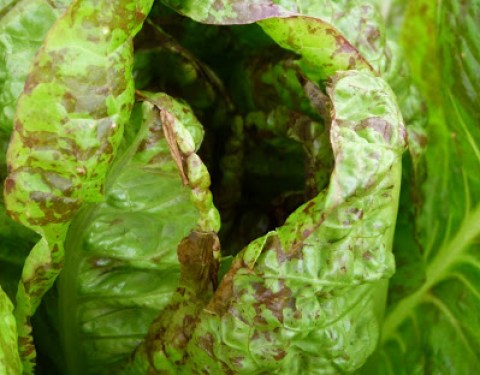
If you think the dry leaves are due to heat stroke or sunburn, it is best to water the plants more frequently. Also, if they receive direct sun for several hours -especially if it is in the middle of the day- it is a good option to protect them from the sun with a parapet (such as a translucent mesh).
Dry leaves by nematodes in the soil
I recently bought some potted herbs at a garden store. They were large and, suspiciously, quite discounted… (as well as 70% off). They told me it was because they were a little withered due to heat stroke inside the transport truck, so I didn’t worry too much and took them with me… But as the days passed the dry leaves began to be more and more…
There were no bugs to be seen, no spider webs, no spots on the leaves like fungus and, besides, I was watering them well… I began to think that it could be some type of parasite or disease in the roots so I began my inspection and removed them from the pot. What I found were small balls all over the roots… They were nematodes so there was no solution… I had to throw them away.
If you have a garden on terraces or in furrows, you would have to uproot the plants and disinfect the soil, as I told you in the post about nematodes, since these microscopic worms infect the soil and cause incurable diseases in plants…
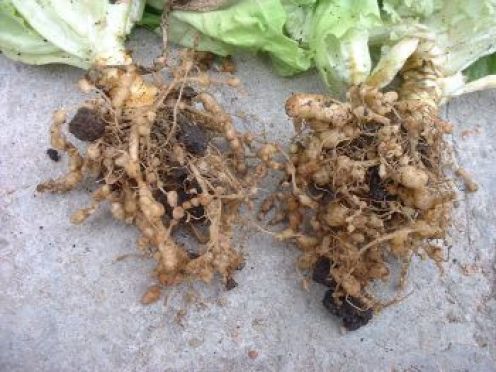
Yellow spots and dry leaves caused by fungi
There are hundreds of types of fungi that can cause diseases in garden plants… Most plant fungi are identified by the spots on the leaves: white, yellow, brown spots… but another symptom is dry leaves.

Mildew, rust, bold and soil fungi such as “Tizón” (from the Phytophtora family) cause, among other things, the drying of plant leaves. You can learn more about these diseases in the posts of the «Pests and diseases» category or by searching for them by name in the search engine at the top right.
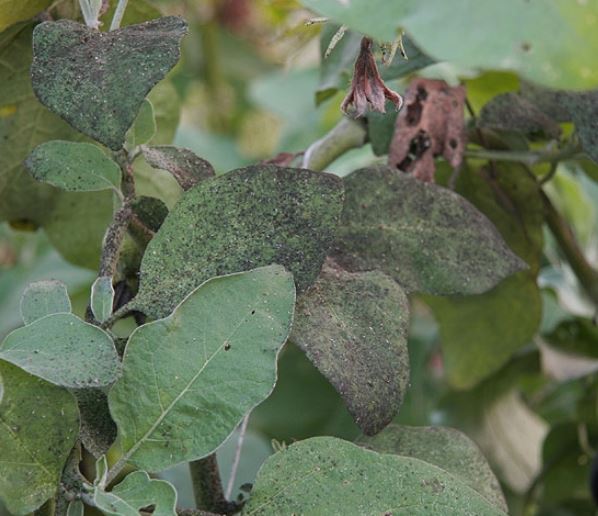
References
- Barnazá, M., 1998. Analysis of plants and visual symptoms of nutrient deficiencies. Agronomy faculty. University of the Republic. Montevideo, Uruguay.
- Pariona, D. et al., 2001. Diseases in vegetables. Manual RI nº 5 of the National Institute of Agrarian Research (INIA). Ministry of Agriculture and Irrigation of Peru.
- O’Farrill-Nieves, H. & Medina Gaud, S., 2007. Common garden pests, identification and integrated management. University of Puerto Rico, Agricultural Extension Service.
I hope this post on why leaves dry has been helpful to you. Of course, there may be other causes, we will see it in other posts… and I also hope for your collaboration in the comments. Cheers!


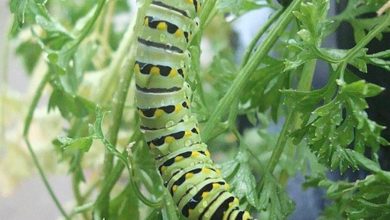
![Photo of Planting an Orange Tree: [Forms, Care, Substrate, Irrigation and Pests]](https://www.complete-gardening.com/wp-content/uploads/2022/08/planting-an-orange-tree-forms-care-substrate-irrigation-and-pests-390x220.jpg)
![Photo of Diatomaceous Earth: [Definition, Uses, Application and Advantages]](https://www.complete-gardening.com/wp-content/uploads/2022/08/diatomaceous-earth-definition-uses-application-and-advantages-390x220.jpg)